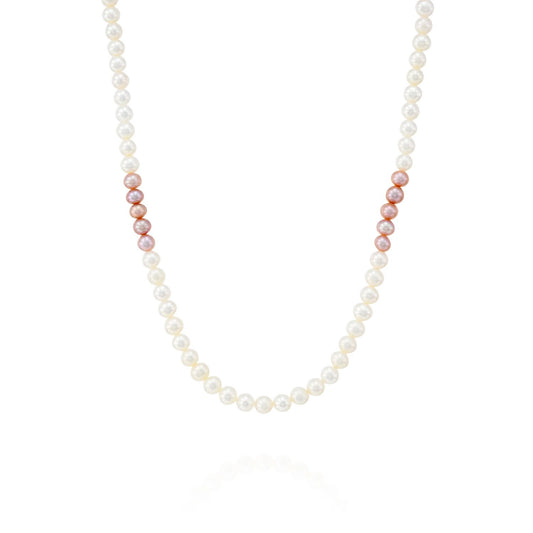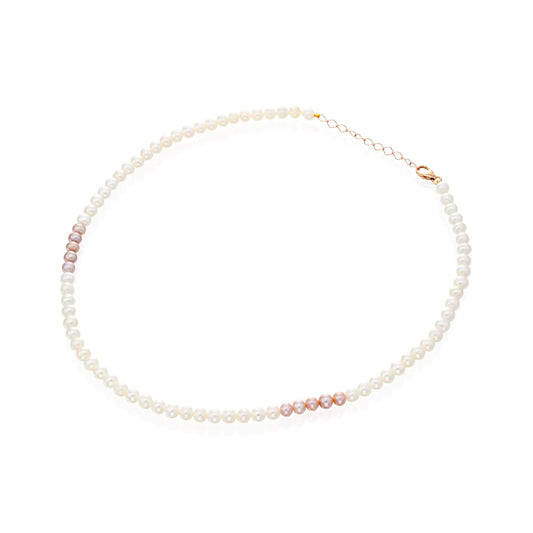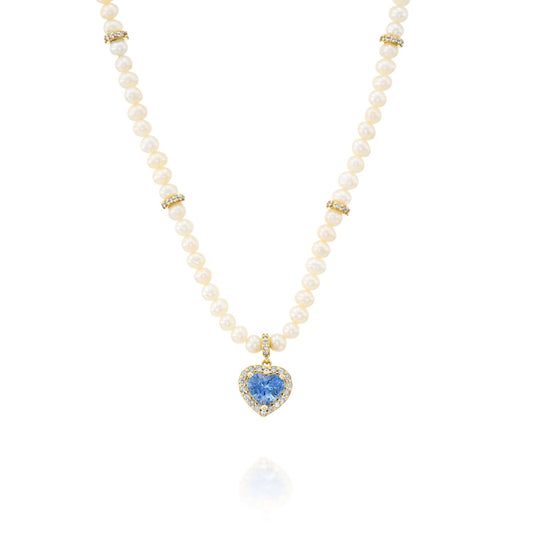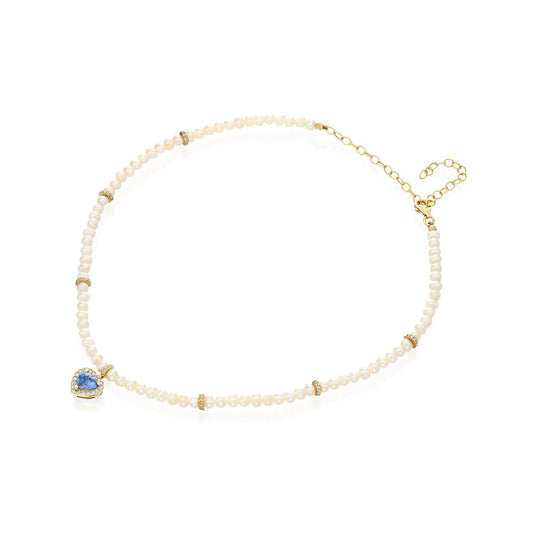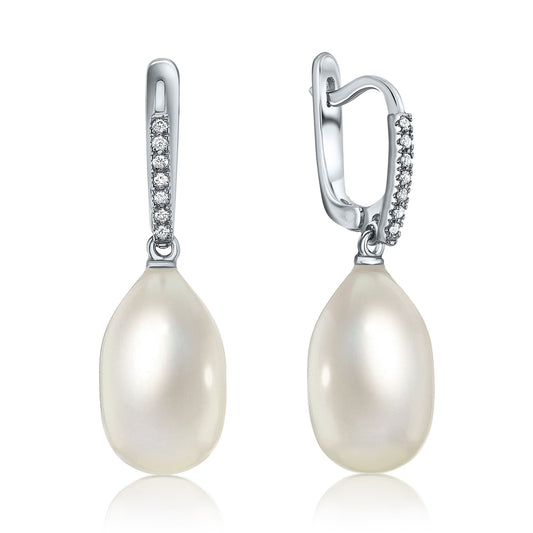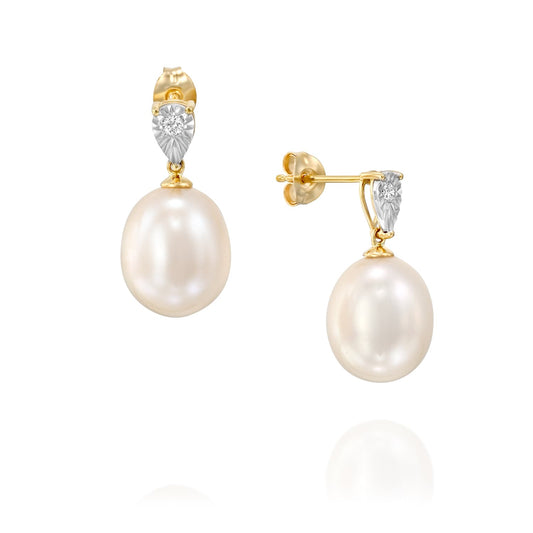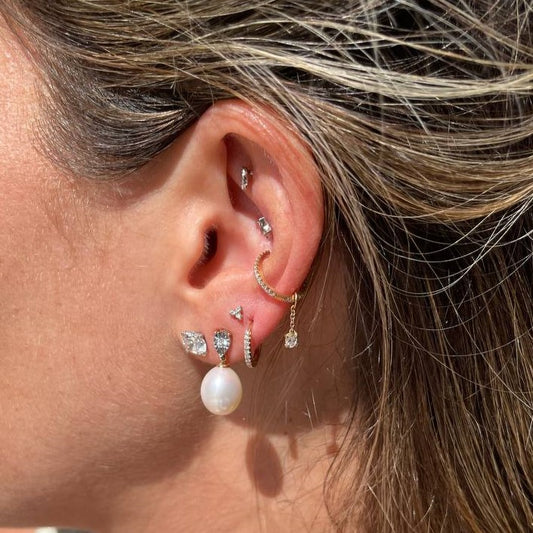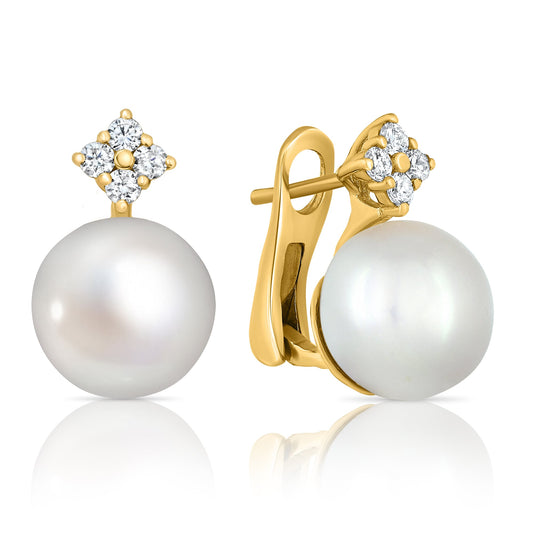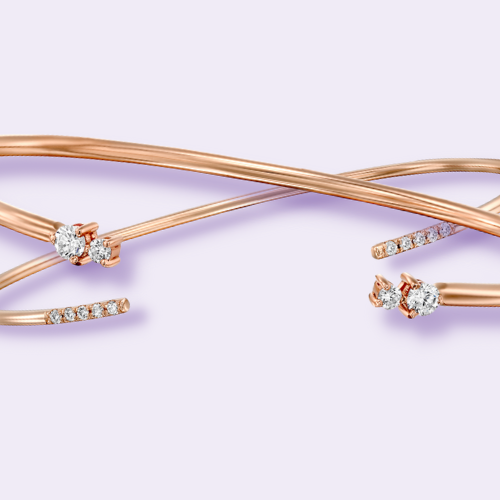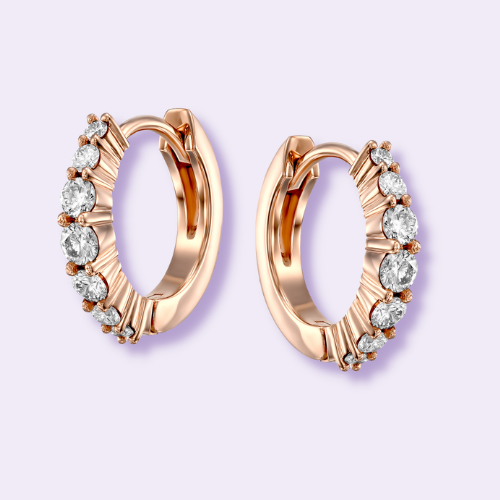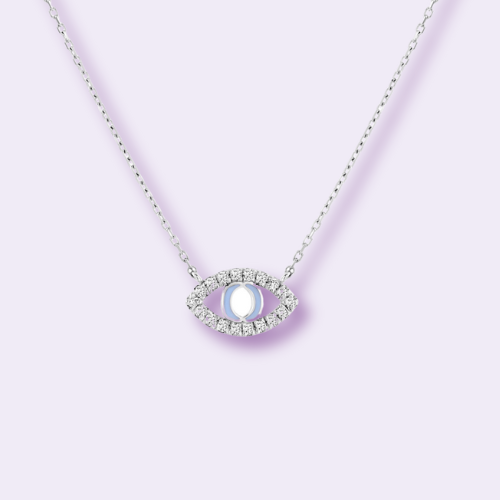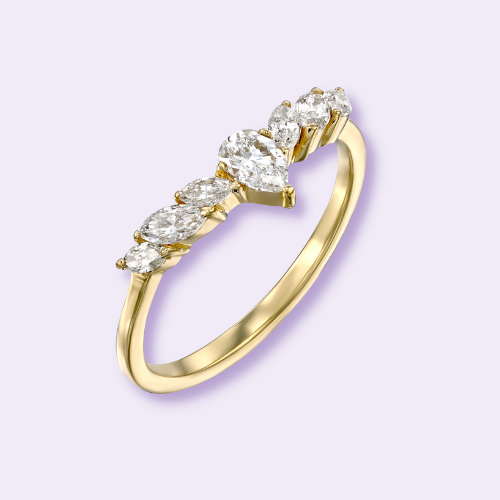
-
Carat and Diamond Weight: Many people are sometimes confused when they hear the word "carat" in relation to diamonds. In the context of diamonds, carat refers to its weight. A diamond carat consists of 100 points, and each diamond weighing less than 1 carat is counted in points. For example, a 0.10 carat diamond is 10 points, and so on. The larger the carat, the larger the diamond, and this parameter has a significant impact on the price of the diamond and the jewelry you want to purchase.
-
Color of the Diamond: Every diamond has a color, which affects its quality and price. Diamond colors are marked with letters in English, dividing them into categories:
- D-F: Considered the whitest diamonds (colorless).
- G-J: Considered "commercial" diamonds, the most common. Most jewelry stores set diamonds in these colors. As you go down the scale, the diamond color becomes more yellowish/brownish/grayish and less quality. Thus, a diamond with a yellow/brown/gray hue will cost less than a white diamond.
-
Clarity: Diamond clarity refers to the presence of flaws/inclusions in it. Generally, diamonds with fewer flaws are considered cleaner and accordingly have higher value and quality. Flaws usually manifest as black spots and scratches (scratches) in the diamond. The cleanliness of the diamond can be checked either in a professional gemological laboratory or with the help of a magnifying glass called a "loupe" that enlarges the diamond 10 times, through which we can clearly see the "face" of the diamond and identify flaws. Here too, there is a way to measure the cleanliness of the diamond:
- VVS1-VVS2: Clean diamonds where no flaw can be seen even at the microscopic level.
- VS1-VS2: Clean diamonds where flaws can be seen only under a microscope (approximately 500 times magnification).
- SI1-SI3: Diamonds with flaws visible in a "loupe" and sometimes with the naked eye (approximately ten times magnification).
- I1-I3: Diamonds where the flaw can be clearly seen with the naked eye.

